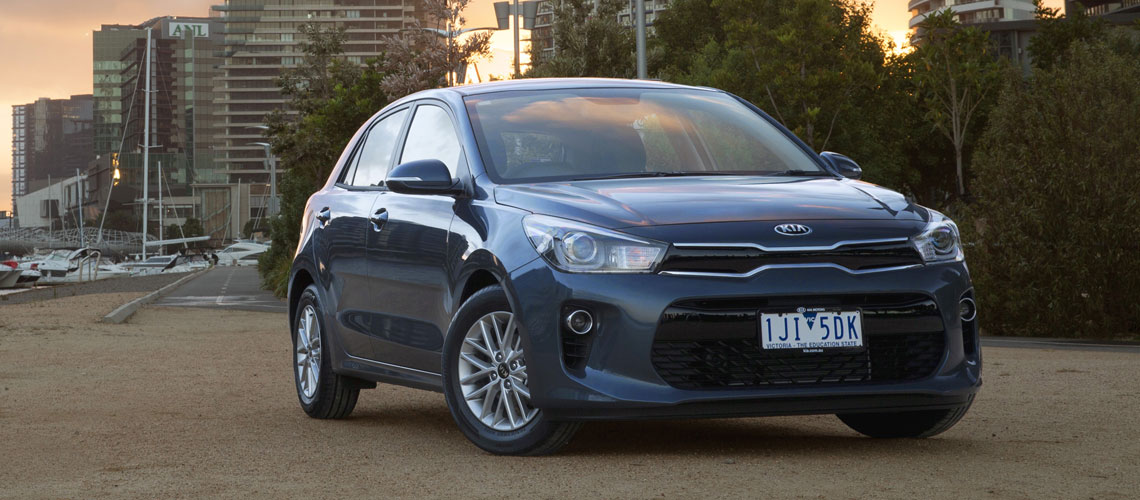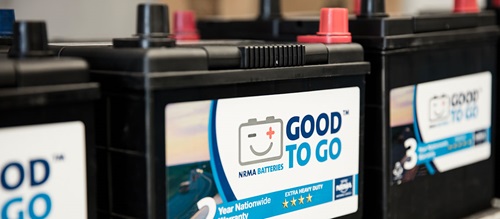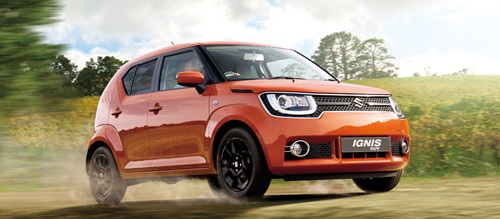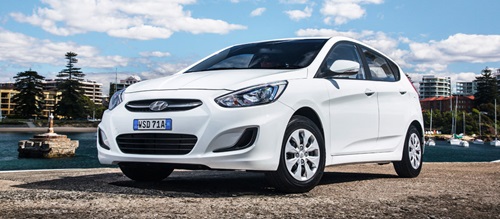Specifications |
|
| Priced from | $16,990 |
| Engine | 1.4L |
| Transmission | 4-speed automatic |
| Fuel Economy |
5.6L/100km
GOOD
|
| Output | 74kW @ 6000rpm |
| ANCAP rating |
|
What is it?
The Rio has been Kia's bread-and-butter light hatch for many years and only its slightly larger stablemate, the Cerato, makes more sales for the brand. In 2016, however, Rio sales had fallen short of previous years – no wonder, given the last all-new model was launched in 2011. Updates can only do so much, and the fourth generation was long overdue.
What are its rivals?
It does battle for the consumer dollar in one of the toughest categories, up against the Ford Fiesta, Hyundai Accent, Mazda2, VW Polo and many, many others.
What models are there?
Kia's typical three – S, SL and SLi. All have a 1.4-litre four-cylinder engine.
The S kicks off the range at $16,990 + ORCs (same as the outgoing model) and comes standard with a six-speed manual transmission, 15-inch steel wheels, enough safety equipment that Kia is confident it will achieve a five-star ANCAP safety rating, and a seven-inch touchscreen infotainment system that entails Bluetooth connectivity, plus Apple CarPlay and Android compatibility. An auto transmission costs an additional $2100.
The Si, priced from $21,490, moves up to a four-speed auto transmission, 15-inch alloy wheels, an infotainment system with satellite navigation and digital radio, cruise control, LED daytime running lights, projector front fog lights, a chrome grille surround, heated wing mirrors with integrated indicators, and a premium steering wheel and gear shift knob.
For $22,990 the SLi adds 16-inch alloys, a parking sensor dash display, 'leatherette' upholstery, a chrome beltline, electric sunroof, tinted windows, rain sensing wipers, premium instrument cluster, alloy pedals, soft-touch armrests and climate control.
Two new colours – Smoke Blue and Mighty Yellow – are on offer for the first time.











